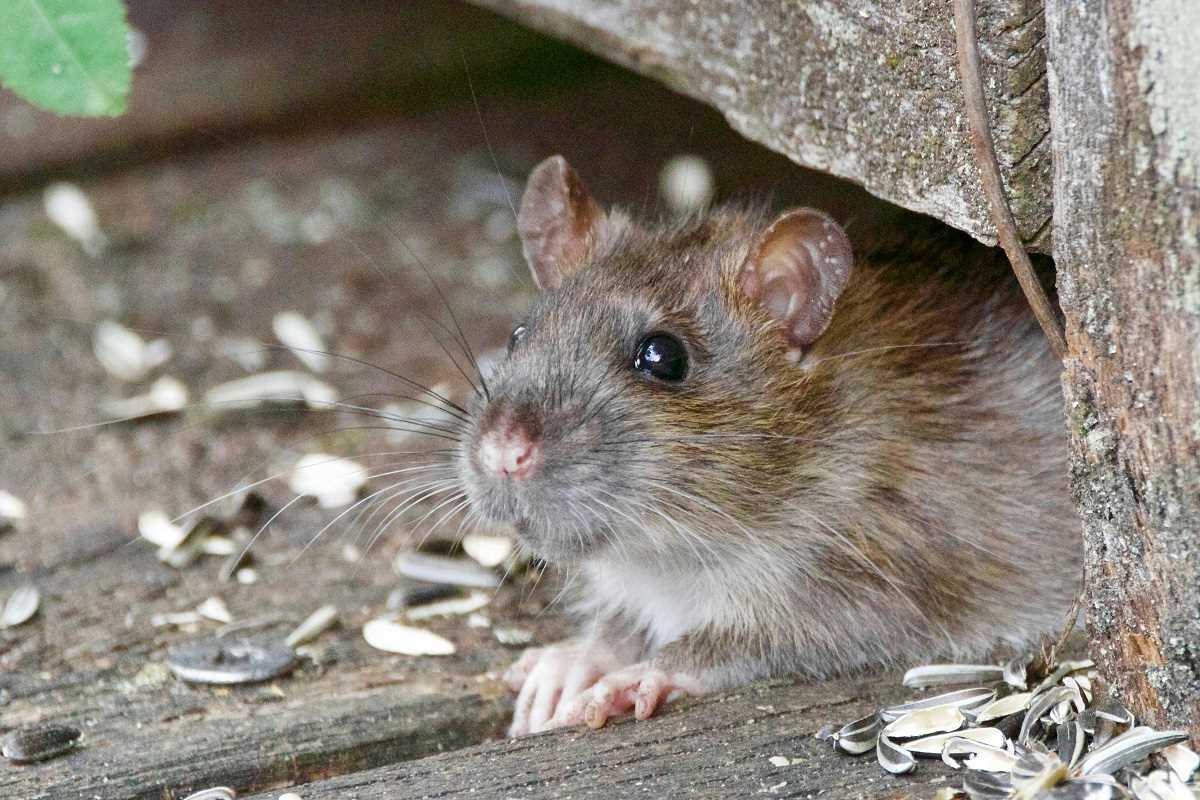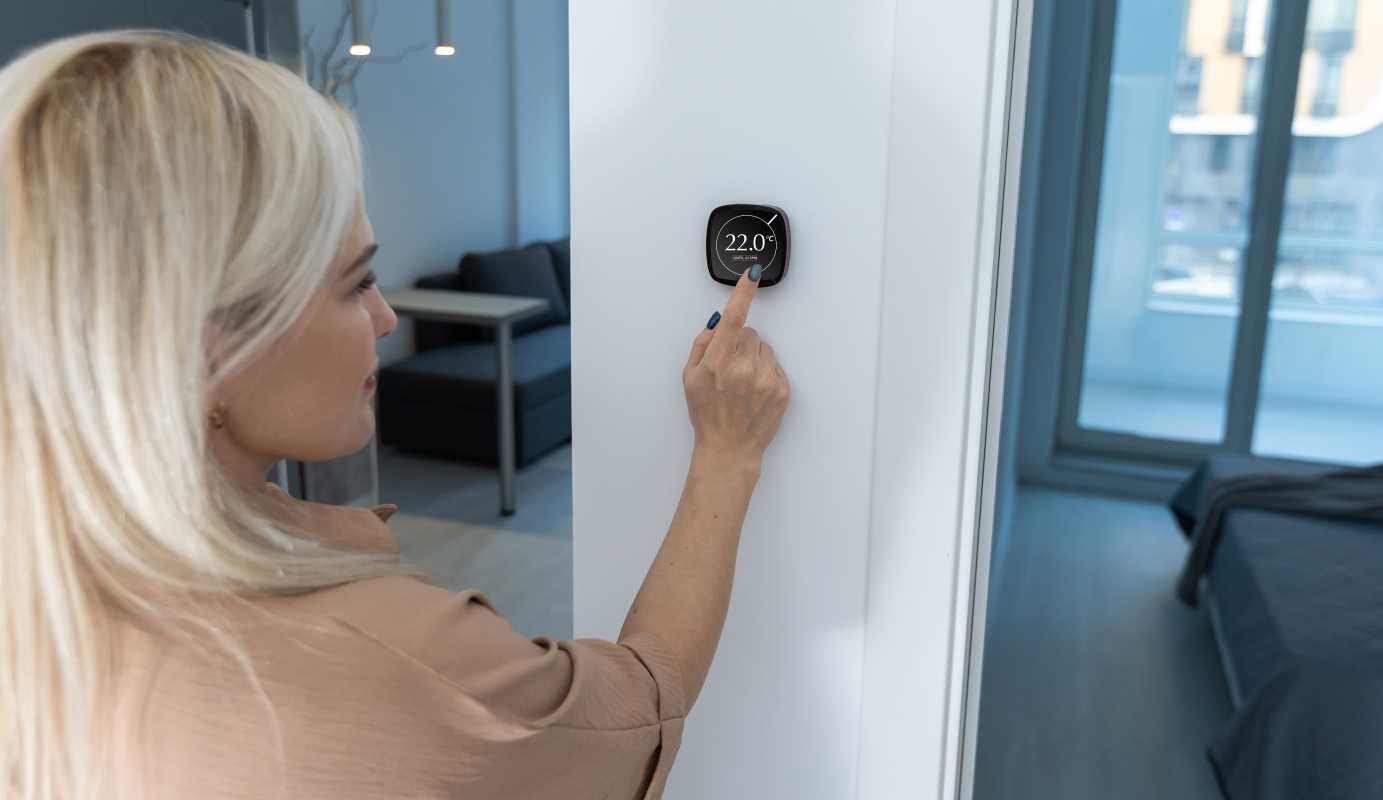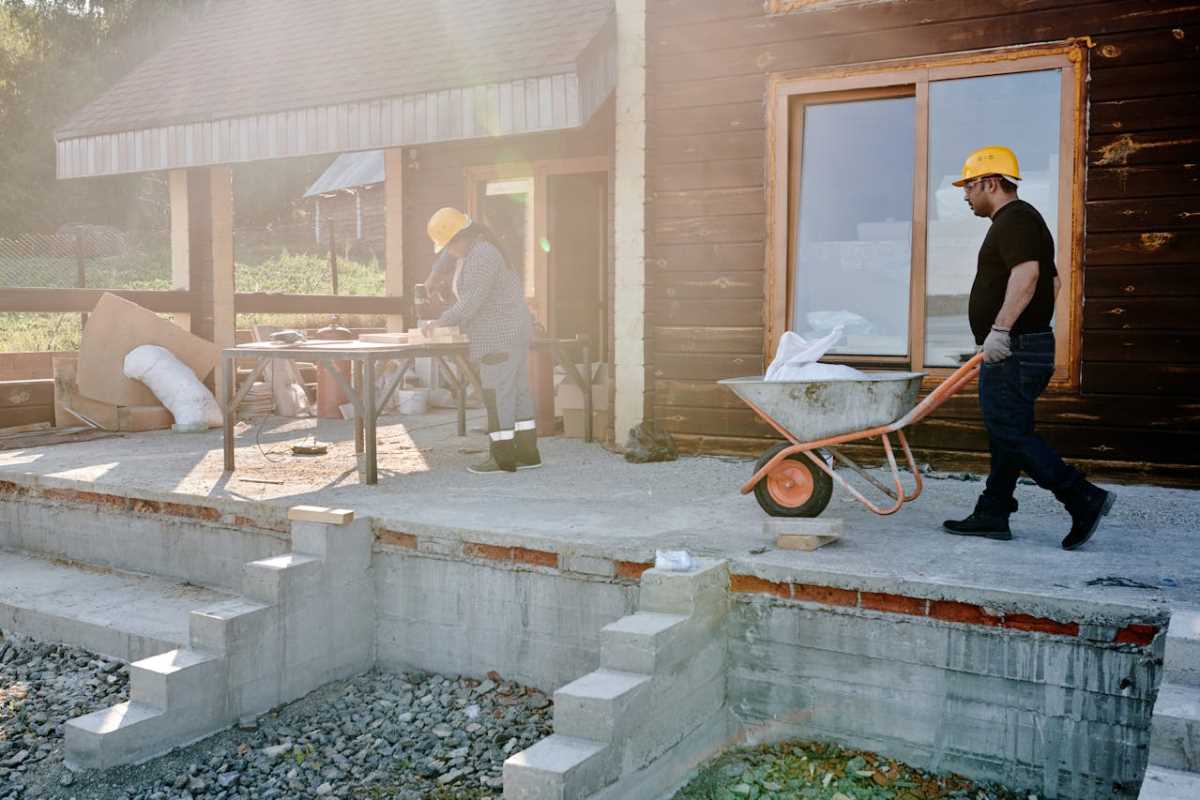Discovering a rat infestation in your home can be both unsettling and overwhelming. Rats are not just a nuisance; they pose significant health risks and can cause substantial damage to property. If you find yourself living in a rat-infested environment, it's crucial to tackle the problem head-on with a strategic approach. This guide will walk you through practical steps to manage and eliminate a rat infestation, ensuring the safety and comfort of your home.
Identifying Signs of Infestation
The first step to addressing a rat problem is recognizing the signs of their presence. Rats are nocturnal and often stay hidden, so you might not see them directly. Instead, look for these common indicators:
- Droppings: Rat droppings are small, dark, and pellet-shaped. They are often found near food sources, in cupboards, or along pathways rats frequently travel.
- Gnaw Marks: Rats have a constant need to gnaw to keep their teeth healthy. Check for gnaw marks on food packaging, furniture, wires, and even structural elements like wooden beams.
- Tracks and Smudges: Rats tend to leave greasy smudges along walls and floors from their bodies. You might also notice foot and tail tracks in dusty areas.
- Nests: Rats build nests using shredded materials like paper, insulation, or fabric. These nests are usually hidden in dark, secluded areas.
- Noises: Scratching or scurrying sounds in walls, ceilings, or under floors, particularly at night, can indicate rat activity.
Immediate Actions to Take
Once you've confirmed a rat infestation, it's time to take immediate action:
- Secure Food Sources: Store all food, including pet food, in airtight containers. Rats are opportunistic feeders, so cutting off their food supply is essential.
- Seal Entry Points: Inspect your home for potential entry points. Rats can squeeze through surprisingly small gaps, so seal holes in walls, floors, and foundations with steel wool, caulk, or metal mesh.
- Set Traps: Use snap traps or electronic traps, placing them in areas where you've noticed rat activity. Avoid using glue traps or poisons, as they can be inhumane and pose risks to pets and children.
- Remove Clutter: Declutter your home to eliminate potential nesting sites. Keep storage areas tidy and off the ground to discourage rats from settling in.
Prevention Measures
Preventing future infestations is just as important as dealing with the current one. Implement these measures to keep rats at bay:
- Maintain Cleanliness: Regularly clean your home to remove crumbs and spills that attract rats. Pay special attention to kitchen areas and ensure garbage is disposed of properly and promptly.
- Regular Inspections: Conduct regular inspections of your home, especially in basements, attics, and crawl spaces. Look for signs of new entry points or nests.
- Yard Maintenance: Rats often enter homes from outside, so keep your yard well-maintained. Trim back trees and shrubs that touch your home, and store firewood at least 18 inches off the ground and away from the house.
- Pet Management: Feed pets indoors and clean up any leftover food immediately. If you have outdoor pets, ensure their living areas are clean and secure.
When to Call Professional Pest Control
While DIY methods can be effective for minor infestations, professional pest control services are often necessary for severe cases. Consider calling in the experts if:
- The infestation persists despite your efforts.
- Rats have caused significant damage to your property.
- You are uncomfortable handling traps and cleanup.
- You want to ensure comprehensive removal and prevention measures.
Professional pest control technicians have access to more potent treatments and can offer guarantees on their work, providing peace of mind.
Understanding Health Risks
Rats can carry diseases that pose serious health risks to humans, including hantavirus, leptospirosis, and salmonella. They can also trigger allergies and asthma. To protect yourself and your family:
- Practice Good Hygiene: Wash your hands thoroughly after handling traps, cleaning droppings, or working in areas where rats have been present.
- Use Protective Gear: When cleaning up after rats, wear gloves and a mask to avoid direct contact with droppings or urine.
- Disinfect Thoroughly: Clean affected areas with a disinfectant or a mixture of bleach and water to kill bacteria and viruses.
Protecting Your Family
Beyond physical health risks, living with a rat infestation can be stressful. Here's how to manage the situation for your family's well-being:
- Educate Family Members: Ensure everyone in the household knows how to spot signs of infestation and the importance of keeping the home tidy.
- Involve Everyone in Prevention: Make rat prevention a family effort, with everyone participating in cleaning and inspection routines.
- Seek Support if Needed: Dealing with a rat infestation can be distressing. If you or a family member feels overwhelmed, consider reaching out to a support group or mental health professional.
Living in a rat-infested environment is challenging, but with prompt and decisive action, you can reclaim your home. By identifying signs, taking immediate steps to eliminate rats, and implementing long-term prevention strategies, you can protect your home and family from these unwelcome guests. Remember, professional help is always available and can be instrumental in managing severe infestations. Stay vigilant, maintain cleanliness, and soon, your home will be rat-free and comfortable once more.
 (Image via
(Image via





